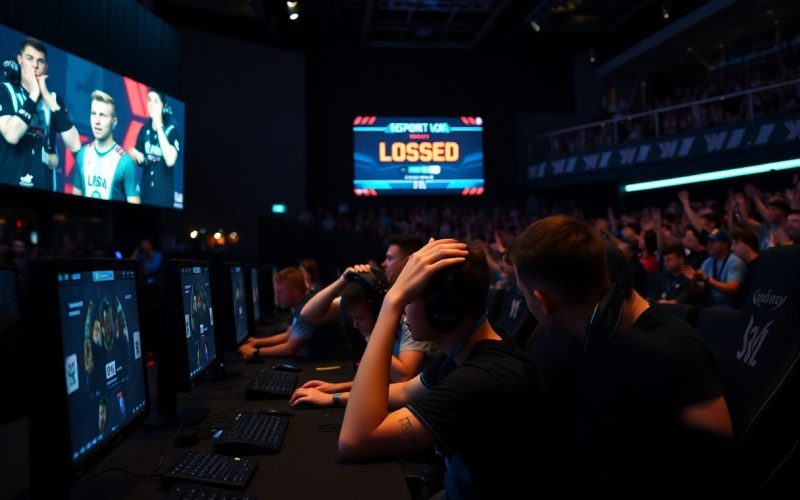Just when many thought that game economies had reached their peak, Counter-Strike: Global Offensive (CS:GO) continues to set the benchmark for how virtual economies can be efficiently and engagingly integrated within competitive gameplay. The economy system in CS:GO is not merely a side note but serves as a fundamental element that shapes the entire gaming experience. It contributes to the strategic depth, encourages player engagement, and drives the overall competitive nature of the game.
The basic premise of CS:GO’s economy revolves around players earning in-game currency by performing actions such as winning rounds, planting or defusing bombs, and taking down opponents. Players begin each match with a limited amount of cash, and as they progress, they accumulate funds that can be spent on various weapons and equipment. This mechanic creates a layered decision-making process that becomes increasingly complex as rounds progress.
One of the standout features of CS:GO’s economy system is its ability to create dramatic shifts in momentum and strategy. The concept of “eco rounds,” wherein teams purposely spend less on equipment to save for future rounds, adds a layer of psychological warfare. A team may choose to lower their combined firepower to build up resources for a subsequent round, influencing both their tactics and the opposing team’s expectations. This dynamic fosters an environment of suspense and anticipates players to think several steps ahead. Teams must constantly assess their financial status, weighing short-term gains against long-term strategies—therein lies the beauty of the economic model.
Another aspect that sets CS:GO apart is its unique round system coupled with a currency reset mechanism. Losing consecutive rounds places a team in a more favorable position as they gain increased money bonuses, which makes the comeback potential extraordinarily appealing. This resilience is appealing not only for professional players but also for casual gamers, as it adds an element of hope and competitiveness in matches that may seem lost at first glance. As teams claw back from financially barren situations, they can enact breathtaking upsets, generating excitement for both players and spectators alike.
In contrast to many games that feature linear economic growth or simplistic resource management, CS:GO allows for a fluid economy that can change quickly based on player actions and team dynamics. It also promotes collaboration and teamwork, as players must communicate to optimize their spending strategies. This teamwork often becomes more than just meeting game objectives—it morphs into an imperative skill set among players that enhances their overall experience and engagement with the gameplay.
The monetization aspects of skin trading and weapon skins further enrich the CS:GO economy. While these do not directly impact gameplay, they reflect the community’s investment and engagement with the economy. The ability to trade, buy, and sell skins adds another layer of strategy and motivation for many players to engage with the game actively.
Ultimately, CS:GO’s economy system remains unrivaled in its depth and impact on gameplay. Its integration into competitive play fosters strategic thinking, increases emotional investment, and heightens the overall excitement of matches. As other titles look for ways to enhance their economic systems, they would do well to draw inspiration from the lessons that CS:GO has mastered. The game’s economy is not just a supplementary feature; it’s woven into the fabric of what makes the gameplay experience thrilling and timeless.







